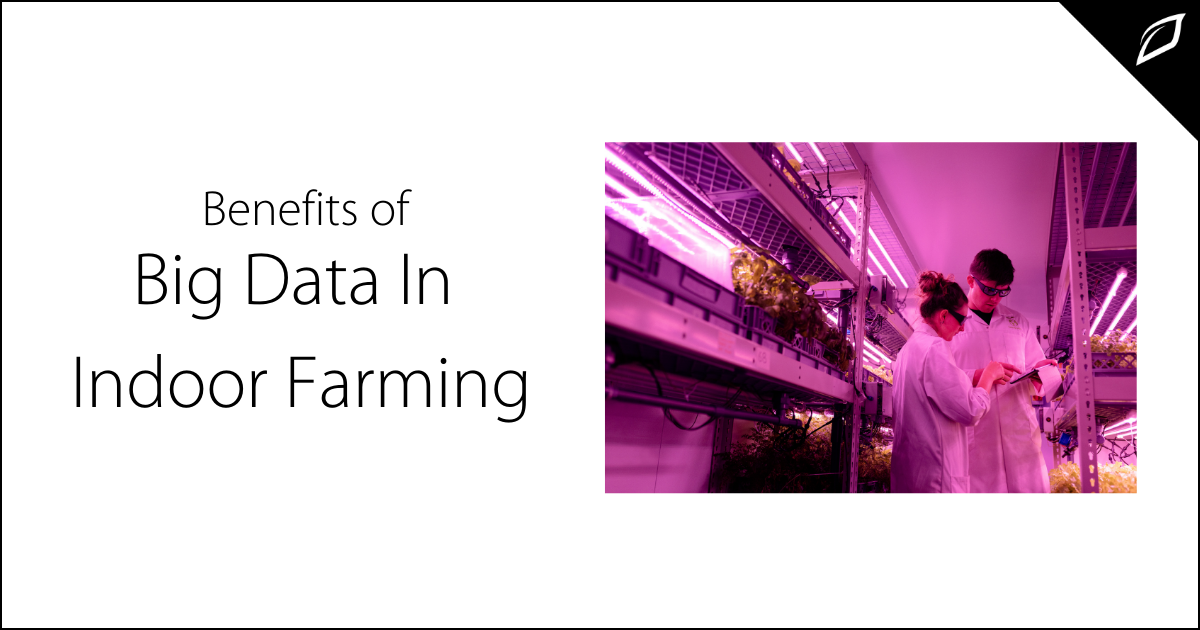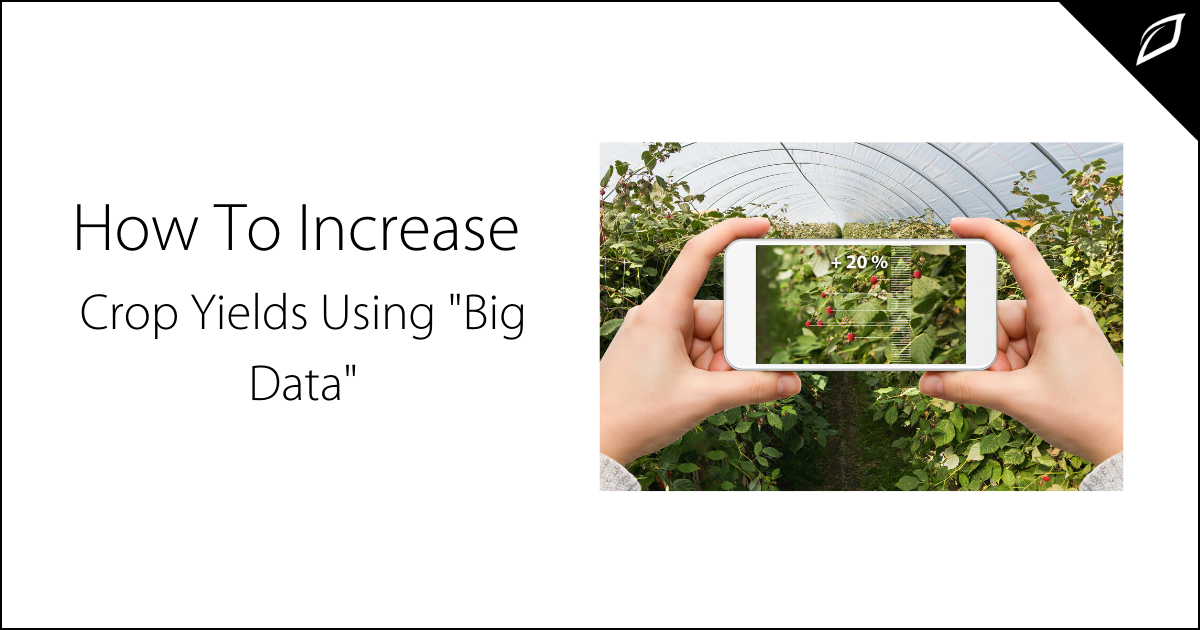How Smart Greenhouses Increase Profits
Agriculture has never been a get-rich-quick venture. Even in the best of seasons, commercial greenhouse profit margins may be slim. Let's explore the...
2 min read
Joy King : May 5, 2021 4:00:00 AM

Indoor farming has existed in greenhouses for centuries, but indoor farming has amassed new interest and popularity in recent years. Advanced analytics to improve yields and deal with variables is pushing the agriculture analytics market. Big data is making a notable impact on every industry, and now indoor growers can streamline their operations by adopting smart farm methods and techniques. Let's look at why big data is changing how we grow.
What is Big Data in Indoor Farming?
Precision sensors collect data from various touchpoints in your grow. For instance, water moisture content sensors collect data on the substrate for crops. That information is fed into an operating system that can create actionable intel. Based on the data, rules can trigger an automation program to feed plants when water content falls below a pre-determined threshold. Many aspects of indoor cultivation operations are simple to monitor, including CO2, humidity levels, VPD, light intensity, EC, temperature, dewpoint, etc.
Benefits of Big Data in Indoor Farming.
Growing crops indoors with big data has several distinct advantages to outdoor farming. Crops grown indoors are protected by harsh weather and can enjoy light cycles without the sun being out. Crops that are typically grown in tropical regions, for example, can thrive in indoor cultivation operations, saving time and life expectancy during transport. Big data increases benefits by using fewer resources like water, plant nutrients, and labor while increasing nutrient density.
Big Data Basics
Sustained growth in the agriculture analytics market is due to rising pressure to meet the global demand for food. However, cannabis cultivars use big data to deploy agriculture analytics solutions and services to improve their bottom line.
Utilizing collected data, many cannabis growers are transforming data into actionable insights. But before you can analyze data, you need to collect data.
As we discussed earlier, greenhouse and agriculture automation systems use sensors to monitor specific criteria. In indoor grows or greenhouses, it's regularly used for lighting, fertigation systems, climate, etc.
The data is then stored, typically in a cloud-based storage solution, and the rules engine continually learns, predicts, and adapts. This is machine learning, another way growers can take advantage of their continually collected data through their deployed sensors. Advanced analytics encourages farmers to evaluate rules performance continually and test new optimizations to increase yields and streamline processes.
Cultivation companies are increasingly embracing automation and technology to boost their bottom line, especially when it comes to jobs efficiently completed by machines, such as mixing and dispersing nutrients, adjusting temperatures, and opening or closing vents.
As algorithms advance, the need for high-cost labor will decrease while growers realize increased crop production. The big takeaway is that the right data-driven system can lower energy costs, create less waste, and yield a higher ROI.

.png)
Agriculture has never been a get-rich-quick venture. Even in the best of seasons, commercial greenhouse profit margins may be slim. Let's explore the...

Adopting advanced analytics to improve yield and deal with variables is driving the agriculture analytics market. Big data is making a significant...
.png)
Collecting data in your indoor grow, or greenhouse provides critical information that directly impacts your cultivation operation's success....